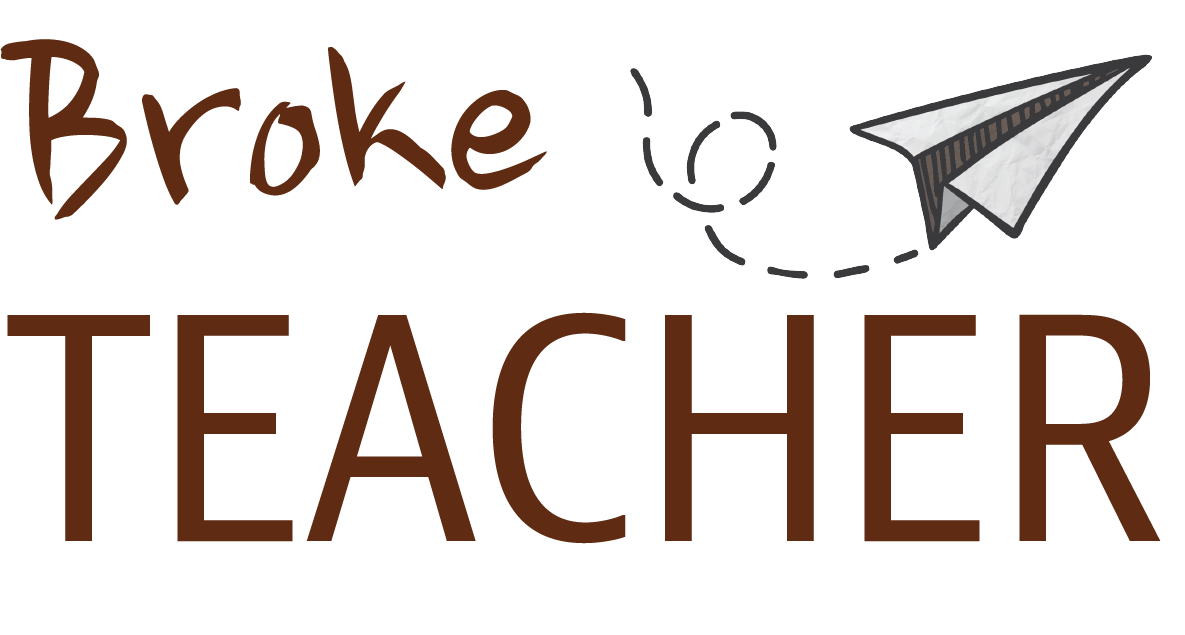Do you use Pinterest in the classroom? If not, you should.
Pinterest used to be a place for dumping pictures of all the cool things you wanted to buy and projects you never got around to finishing. Not anymore–Pinterest is the place to be for research, collaboration, and learning.
If you’re in the habit of putting things under “Recipes” or “Home Remodeling,” and leaving them to rot on your pinboards, stop right there and repeat after me, “Pinterest is God’s gift to schools.”
Why do you need Pinterest?
Today, Pinterest is nothing less than an amazingly robust database of everything under the sun, categorized, grouped and tied together in a nice bow. This makes it a jackpot for teachers. Instead of recreating the wheel or planning your unit from scratch, why not see what others are already doing?
Whether it’s budget holiday gift ideas or organization tips for my classroom, Pinterest makes finding the perfect ideas simple. Start typing keywords, then watch the keyword blocks popup, and click on all that apply to narrow down your search.
Then, you can repin the best things to boards of your own to read later.
Here’s just a bit of what I use Pinterest for:
Collect Resources:
If I have a project or something I’d like to do in the future, I set up a Pinterest board on that subject.
When I was researching chickens, I set up a board to learn about coops, animal husbandry, and other poultry topics. When I was finishing my book, I set up a board for book cover designs I loved. I have boards dedicated to projects I’ve done, things I want to learn, inspirational things, and research that’s useful to me that I don’t mind sharing with the world.
Research:
When I’m researching, Pinterest is one of a few platforms I use. The Pinterest Chrome extension makes it very easy clip photos and pages to my Pinterest boards when I’m using Google Chrome as my browser.
I simply click the Pinterest icon in the extension bar, and Pinterest clips the page, adding it to any board I select. This keeps all my materials in one place, but also keeps me focused. I can clip important things, and save them for a better time. Then, I close all those distracting tabs.
Collaborate:
Pinterest is fantastic for collaborating. Invite people to collaborate on boards and harness the power of the crowd for research, ideas, or activities. You–or students can make collaborative boards public or secret.
I’ve used the public collaboration to share lesson plans, education articles, hobbies, writing, and research, while I’ve used the secret boards for working with companies on prototypes, designs, and other things not yet ready for the public.
Students find Pinterest invaluable as a resource for research and ideas. They can easily collaborate on projects planning, save ideas, and communicate their style.
Learn:
Pinterest is one of the first places I go to learn things. It’s full of instructional material, and since it’s visual in nature, it makes it a good way for me to learn. If there’s something I need to know, I know someone out there must have pinned resources, so I’ll look for pins and boards with helpful material.
Pinterest is an excellent source of infographics. Infographics are collections of graphical information–data displayed as pictures which break down the information into digestible parts. Pinterest lends itself to the collection of infographics on every subject.
If you’re looking for facts and statistics for your lessons, it’ll be there.
Showcase:
If you’re a classroom teacher, you probably want to show off your students’ success to the community. Many teachers use Pinterest to show off student projects and achievement. Do you have a five-star project? Make a public board and upload photos and captions to show it off. This let students, families–and other educators–benefit from your class activities and see what’s going on at school.
Students can design projects to display on Pinterest. Students will be encouraged to show off their best work and edit properly if it’s going to be displayed on a public board.
- Have students curate a pinboard on a subject, picking the best material, naming it well, and writing captions that will guide the reader through the material.
- Let students complete and document a lab investigation or process assignment in photos, upload the photos as pins, and write captions in lieu of a traditional report.
- Encourage students to curate and show subjects of interest and teach groups using the pins.
If you’re new to Pinterest, take some time to get acquainted. Pinterest’s desktop platform and mobile app are both simple to use, quite addictive, and perfect for any student or teacher to use on a daily basis, making learning more efficient and fun.
